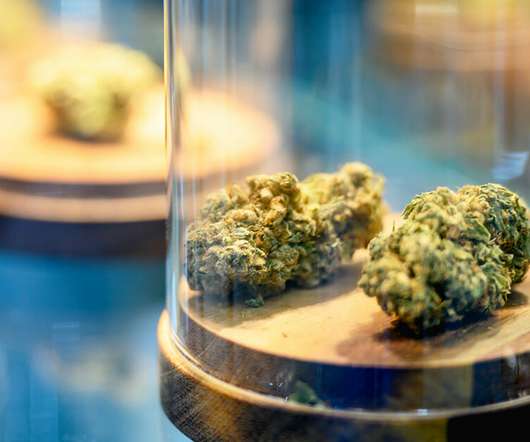Best cannabis oil usage and Guide to Cannabis oil dispensary near me
Cannabis Law Report
SEPTEMBER 3, 2021
It is composed of resins and terpenes. An exploration did at the University of Nottingham in 2010. Synthetic substances like THC increment the digestive tract piousness and, coming about, make way for great microscopic organisms to in into the body. Cannabis oil is also known as honey oil or hush oil. It is a kind of oleoresin.












Let's personalize your content